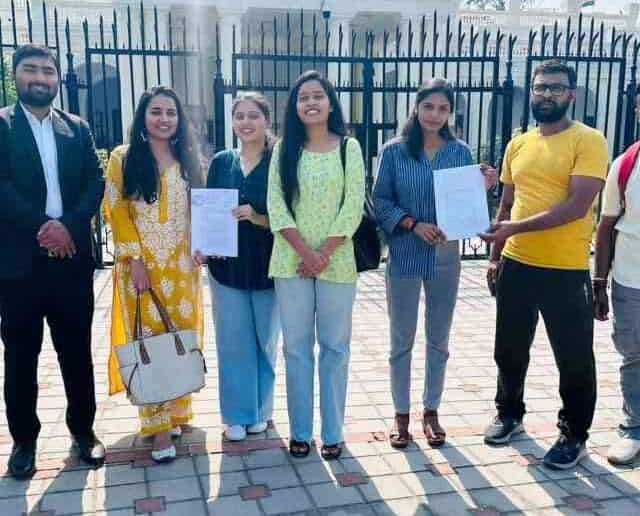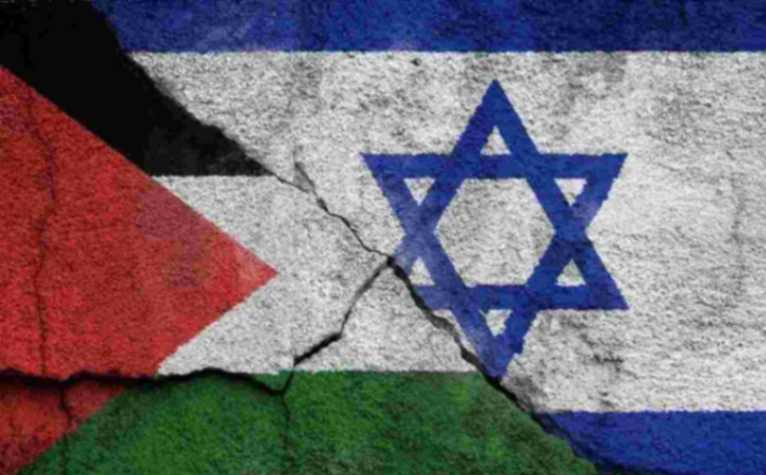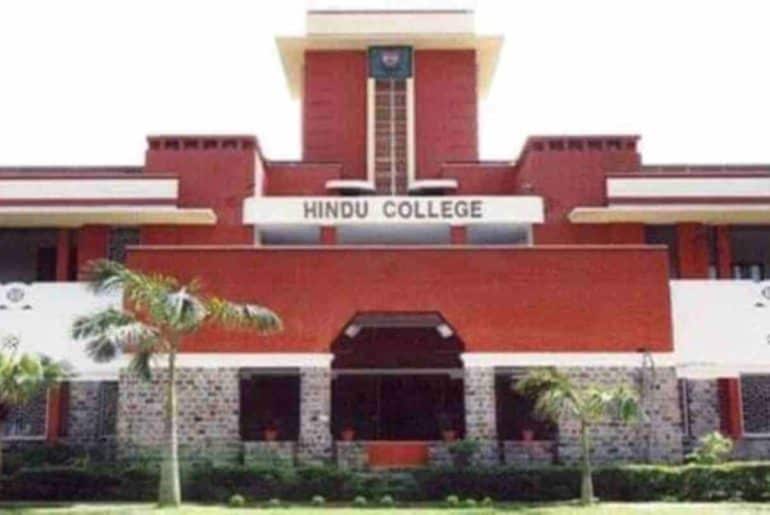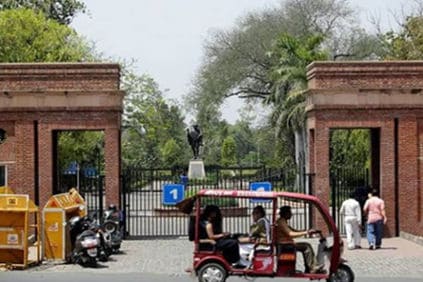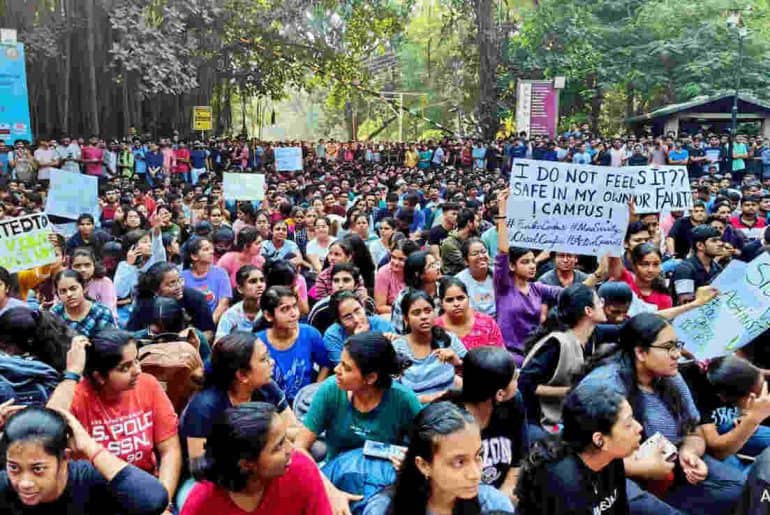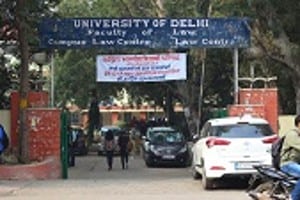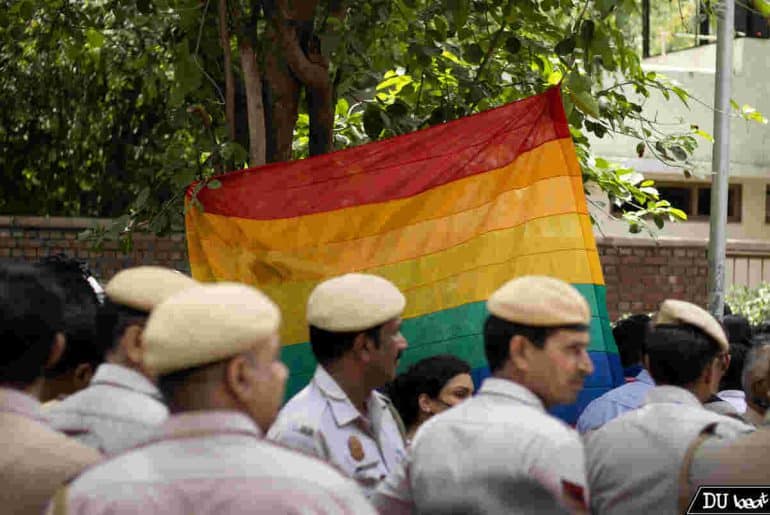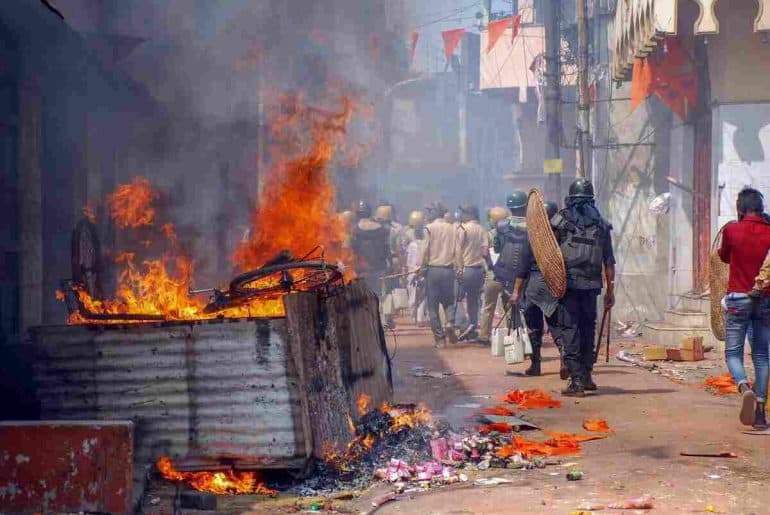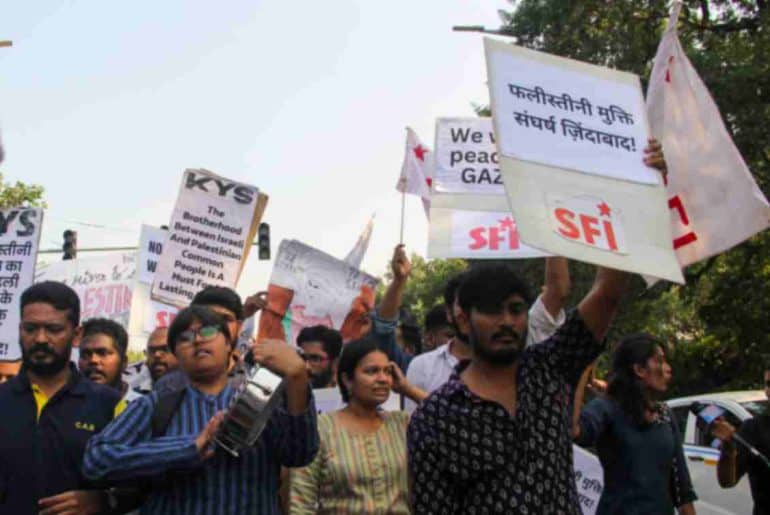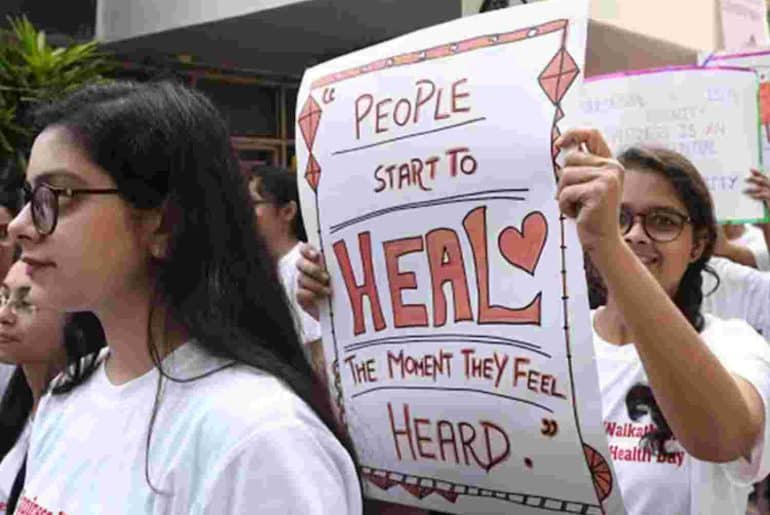A law student from DU has initiated a demand for 50% seat reservations for female candidates in the Delhi University Students Union (DUSU) and other representative bodies, garnering diverse reactions across the student body.
Following the recent passage of the Women’s Reservation Bill in Parliament, which seeks to allocate 33% of seats for women in the legislature, the University of Delhi (DU) is also witnessing a push for a similar change. There has been a recent rise in demands to reserve seats for gender minorities in Delhi University’s student elections and other college-level elections. Students and social activists have submitted a memorandum to the University highlighting their concerns and demands, which include various ways to enhance representation in University student politics and also increase seats for better participation.
This movement was initiated by a law student from the DU Faculty of Law, Shabana Hussain, along with advocates Ashu Bidhuri, Kuldeep Kumar, and Ajit Kumar, and other students of Delhi University. They met with the Dean of Delhi University to present their demands for gender reservation in University politics.
Here is an excerpt from the memorandum submitted by them, mentioning the aforementioned students’ and advocates’ demands:
-
-
- The reservation of 50% of female student seats in the four office-bearer positions in the DUSU elections, starting from the next session (2024–25). These seats should be exclusively contested by female students on a rotational basis each year.
- Beginning from the next session (2024–25), for the college union elections, which consist of six seats (President, Vice President, Secretary, Joint Secretary, and two Central Councillor posts), it is proposed that four office-bearer seats be allocated on a rotational basis as described in Demand No. 1. Additionally, one of the two Central Councillor seats should be reserved for a female student.
- Currently, in the DUSU Executive Council elections, there are two seats reserved for women. The demand is to increase this reservation to five seats for female students, effective from the current session (2023-2024).
- In the DUTA (Delhi University Teachers’ Association) elections, 50% of the seats should be reserved for women.
- All colleges within Delhi University should be affiliated with the DUSU elections, starting from the upcoming session.
-
In conversation with DU Beat, Shabana emphasised her inspiration for starting this initiative, which stemmed from the groundbreaking Women’s Reservation Bill passed in Parliament. She firmly believes in the importance of empowering women at the grassroots level, and she sees women’s representation at the University level as playing a pivotal role in achieving this goal.
While female representation is on the rise, it often translates to tokenism, where women are being given roles for the sake of inclusivity. I want to change this mindset. I believe there are many capable and aspiring female candidates at the University who could take up leadership roles. Female students suffer from a lack of confidence due to the absence of role models in this sphere. We need visible women in politics and decision-making to illustrate that women hold valuable positions in these spheres. I believe that reservation can bring these faces to the forefront, ultimately leading to a transformation in leadership roles. It’s about moving away from tokenism, thereby inspiring the next generation of girls.
– Shabana, a law student advocating for the gender-based reservation of seats.
However, there are still many students who believe and argue that representation ought to come, but based on merit rather than reservations. Tackling this concern, Shabana adds,
I’m not advocating for permanent reservations. Rather, it is an opportunity to cultivate leadership skills in young girls, assisting them in their journey towards becoming future politicians. Today, politics is often dominated by money and muscle power. Reservation is necessary to bring women to an equal footing, enabling them to compete for positions on par with their male counterparts. Reservations can be removed once these goals are met.
Through discussions with other students across the University, it became evident that these concerns are mutual. Particularly, gender-minority students overwhelmingly support these demands, emphasising a collective resonance with the need for change and inclusivity in the University’s political landscape.
It is imperative that we have reservations for women in DUSU. The first reason is that, over the years, we have hardly seen female representation within DUSU. The last woman president of DUSU was in 2008, which is nearly 15 years ago. Female students hardly stand up for top positions. Until and unless we have proper and equal representation in a student body that speaks for the concerns of all the students at DU, how do we expect all problems to be equally highlighted?
– A journalism student at Delhi University
In a political landscape often dominated by muscle and power, several gender-minority students believe that a gender-minority leader in DUSU could understand their problems more sensitively and work towards resolving them more efficiently than any other candidate. In a scenario where several crucial issues, such as the safety of women on campus, remain pressing concerns, a strong gender-minority leader may be our next best hope.
When women representatives take the seats, women as a collective gender have faith in their own opinions. They have a voice. Not to forget that many of the colleges in the university are women colleges.
– A second-year student from the Delhi College of Arts and Commerce (DCAC)
However, there are other key concerns about the implementation of such an act. A final-year student at Kirori Mal College highlights,
Reserving 50% seats for female candidates is a challenge since representation in University-level politics, particularly at DU, is a complex issue that goes beyond a simple gender divide. It includes an interplay of caste, class, and gender dynamics. It’s not uncommon for various political parties to seek votes along these lines, and as a result, women often end up as symbolic heads rather than actively engaging in impactful decision-making.
Emphasising intersectionality and the essentialism of sex-based reservation, they further added,
I believe all aspects and concerns for equality go hand in hand. When we talk about reservation and representation for gender minorities, there has to be greater inclusion and acceptance for students from the LGBTQ community as well.
Shabana is urging other students to join her in the campaign for gender-based representation in the University system, as she relentlessly advocates for quicker changes at the level of student unions and politics. Seat reservations in DU’s University-level elections might be a historic development that sets the foundation for other colleges around the country to adopt similar policies. However, it is crucial to make sure that the objectives put forth by students like Shabana are accomplished effectively in order to do away with tokenism and make marginalised communities, whether gender-based or otherwise, the ones with equal footing and power.
Read also: Under the Shadow of DUSU Elections: A Stage for Sexual Harassment and Caste-Based Politics
Featured Image Credits: Shabana Hussain
Priya Agrawal
[email protected]

